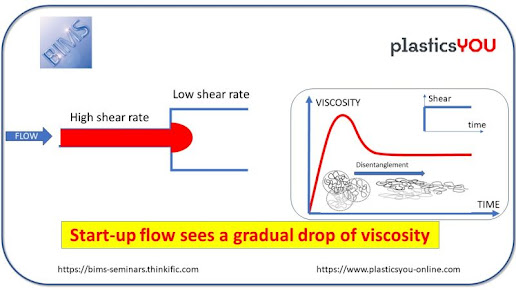Sequana Selects Evonik's PEEK to Design its Pump Implant for Medical Applications
The newly-developed ALFAPump™ System from Sequana Medical Switzerland helps patients suffering from excessive fluid in their abdomen: the battery-operated pump implant is based on the PEEK polymer VESTAKEEP® from Evonik Industries and has received CE approval. It pumps the excessive fluid from the abdominal cavity into the bladder, from which it can be excreted by the patient in the natural manner. Up to now, the water has had to be drained using painful paracentesis during regular doctor's appointments. Patients with liver disorders, congestive heart failure and certain types of cancer are particularly affected by ascites. The new system consists of a subcutaneously implanted pump and a catheter system: one catheter connects the abdomen to the pump, while the second connects the pump to the bladder.
The new technology is made possible thanks to the use of VESTAKEEP® PEEK, a polyether ether ketone which is particularly characterized by its biocompatibility and biostability. In contrast to metal, the ion content of VESTAKEEP® PEEK is virtually zero, thus preventing shift reactions with the body. What's more, the PEEK implant is considerably lighter than a comparable metal implant. The VESTAKEEP® PEEK iGrades are specifically suited to long-term use in the human body and can also be made transparent to X-ray on request, so that they cannot be seen on X-rays.
The new technology is made possible thanks to the use of VESTAKEEP® PEEK, a polyether ether ketone which is particularly characterized by its biocompatibility and biostability. In contrast to metal, the ion content of VESTAKEEP® PEEK is virtually zero, thus preventing shift reactions with the body. What's more, the PEEK implant is considerably lighter than a comparable metal implant. The VESTAKEEP® PEEK iGrades are specifically suited to long-term use in the human body and can also be made transparent to X-ray on request, so that they cannot be seen on X-rays.
"The ALFAPump™ System not only improves the quality of life for patients but also represents a cost-effective solution," explains Dr. Noel Johnson, CEO at Sequana Medical. Marc Knebel, Business Management Director at VESTAKEEP® Medical & Implants, adds:
"The ALFAPump™ System is a perfect example of the many benefits of PEEK compared to metal in this field. Other areas, such as spinal implants, can also benefit from these advantages."
The high processability of PEEK is a further advantage of its use: VESTAKEEP® PEEK polymer can be manufactured using either the injection molding or cutting procedures, thereby supporting freedom of design in the development of new implant technology.



Comments
Post a Comment